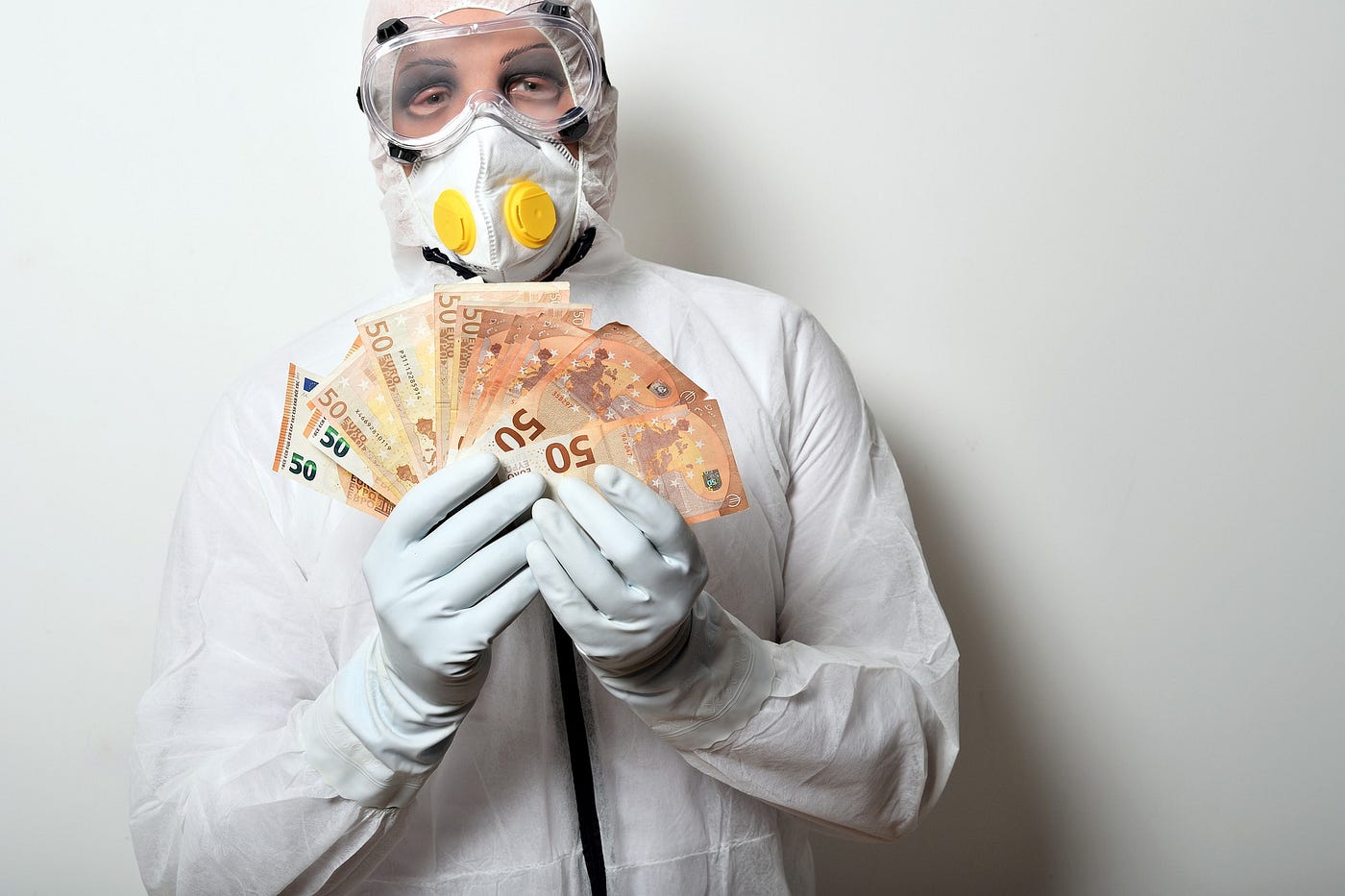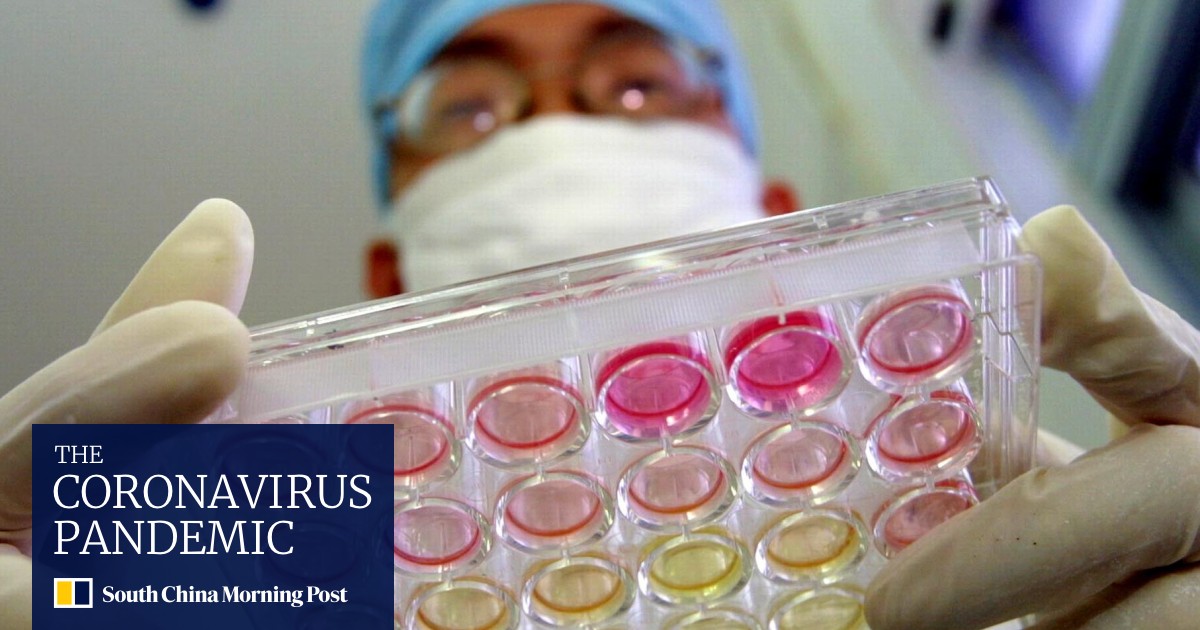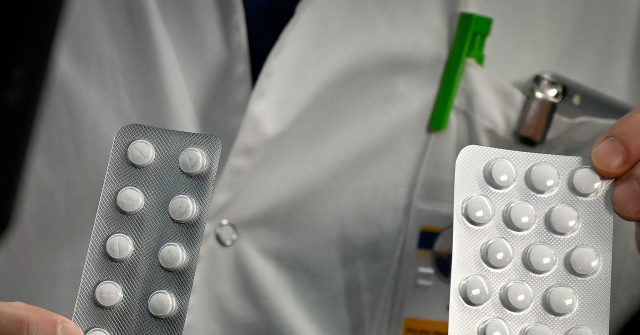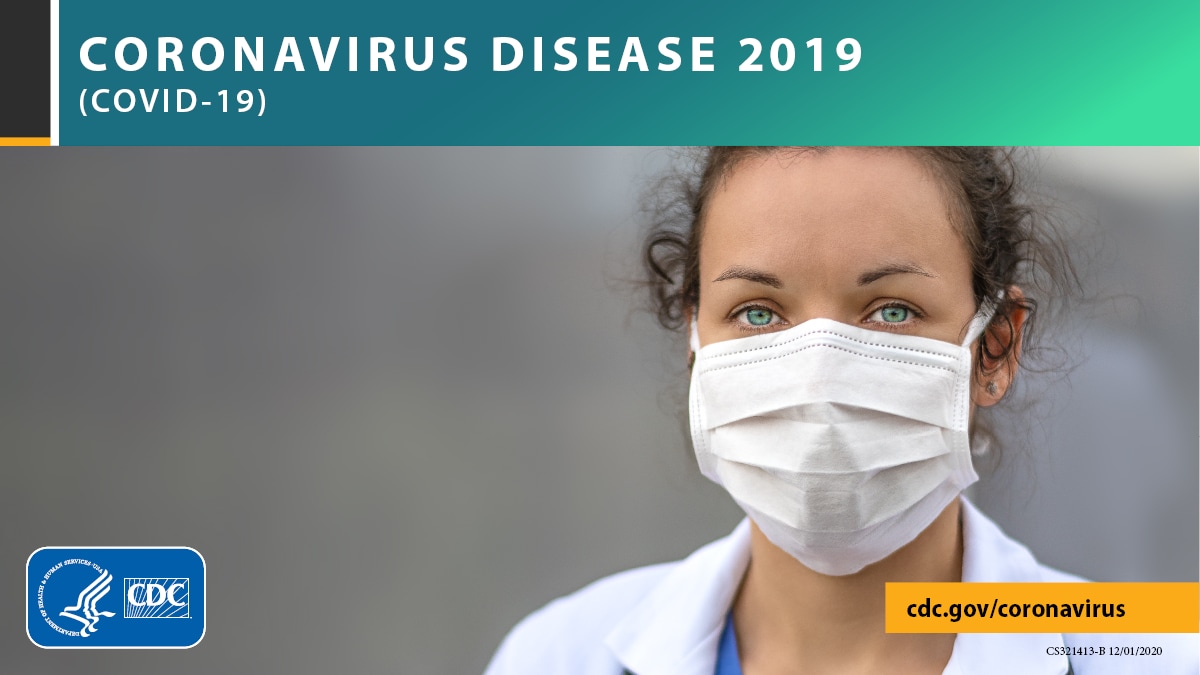Not sure if this has already been posted.
Unmasking the Truth: CDC and Hospital Administrators Are Endangering Us All
An opinion piece exposing the revolting truth about current frontline conditions in healthcare.
What we have currently in America in 2020, is the perfect storm.
“Three great forces rule the world: stupidity, fear and greed.” — Albert Einstein.
COVID-19 has turned the world upside down, but nowhere feels quite as surreal as the frontline of healthcare in America. Healthcare workers everywhere have been too shocked or fearful of retaliation to expose the risks that we, and by consequence, all of you, are currently facing.
It’s time for the dirty secrets and inconvenient truths of what is really happening behind the scenes to come to light.
Currently, few employees feel their hospital is stepping up and doing the right thing amidst our woefully unprepared situation. The exceptional hospitals are letting staff wear protection brought from home, encouraging them to wear masks around all patients, etc. But the voices of these employees are getting drowned in a sea of those from hospitals that are sending them to the slaughter. If you want to know how your local hospital is faring, ask the first employee you see in the emergency room what their current mask policy is. You may realize you don’t have an “emergency” after all.
TL;DR — Do not go to the hospital for the foreseeable future unless your life truly depends on it. Visiting most ERs right now is akin to playing Russian Roulette. Think I’m being dramatic? Please read on.
The Atrocities of the CDC
According to their own website, “CDC is responsible for controlling the introduction and spread of infectious diseases, and provides consultation and assistance to other nations and international agencies to assist in improving their disease prevention and control, environmental health, and health promotion activities.” Ironically, this is the antithesis of what they are currently doing. Their actions are directly contributing to the rapid spread of this deadly virus. The CDC has turned away from research and guidelines from other nations and international agencies that have more experience with this pandemic.
The Coronavirus, or COVID-19, is known to be airborne. China, Italy, and South Korea know it. The World Health Organization knows it. Studies conducted in America have shown it can be airborne for up to 3 hours. Our CDC knew it was airborne when it first started to be addressed in our country as they listed it as such on their website. Within 24 hours, they had downgraded their precaution guidelines from airborne to droplet, to reflect the paltry supply of personal protective equipment (PPE) available for healthcare workers.
In response to this mockery of science and our public humiliation to the world, our hospitals quickly downgraded the protection available for workers that were knowingly being exposed to Covid-19 positive patients. With no shame, a few days later the CDC amended their recommendations to now also include bandanas or scarves as a last resort option for protection. Other countries are having their healthcare employees suit up in full Hazmat gear, and our expert infectious disease government organization is offering the recommendation of a bandana.
The street cleaners in China are far, far better protected in their PPE than what is being offered to some of the brightest minds in America that are being directly exposed to this virus daily.
With workers being given equipment that is not even remotely close to adequate protection across every state, they are not only risking their own health, but also that of every patient, coworker, and person with which they come into contact in their community. Employees are being instructed to reuse disposable items for days with multiple patients, something that “way back” in 2019 would have had you fired on the spot with possible disciplinary action against your license.
This is directly contributing to the spread of the virus to other patients and staff. Healthcare employees have lost respect for the sell-outs behind the CDC. Meanwhile, there has been no outcry from OSHA or JCAHO. All we hear from these organizations is the sound of crickets, and even that sound is muffled from a far off distance.
The Dirty Secrets Behind the Frontline
Below are accounts that doctors, nurses, respiratory therapists, CNAs, medical assistants, NPs, PAs, speech therapists, dietitians, pharmacists, radiology techs, housekeeping staff, scrub techs, CRNAs, occupational/physical therapists, phlebotomists, unit secretaries, paramedics, transporters, lab technicians, supply management, and sterile processing techs have shared with one another in online healthcare forums.
There are so many American workers affected by this, and their exposure becomes your community’s exposure.
Every day, the outpouring continues regarding what farcical new policies are being implemented in their workplace. Every day, I think the bar has been lowered to the ground and it is impossible for the quality of care and protection to fall even further, but I am continuously proven wrong.
This is the reckless reality that is actually happening behind the scenes at hospitals all over our country today:
- Most winters, a large portion of emergency room staff choose to wear a mask at all times due to flu season. Now they are being told by management, “that’s not necessary”, in the middle of a global pandemic. Many healthcare workers are forbidden to wear masks at all unless they are with a patient that is suspected or confirmed of having COVID-19. Meanwhile, studies show that a large percentage of patients that have the virus are asymptomatic. We do not recommend for people to only utilize condoms with partners that are suspected or known to have STDs, because you cannot always tell by how they look. The same logic applies to the coronavirus. During a pandemic, you should be utilizing standard precautions, and assume that everyone has it.
- Repeatedly, workers are reporting that they were belatedly informed of being exposed to a positive COVID-19 patient, up to a week after the lab results were known. Meanwhile, if they contracted the virus but are not yet symptomatic, they have been caring for other patients, likely spreading the virus to them as well. Less ethical administrations are telling their healthcare workers that it is a HIPPA violation to inform them if patients that they previously took care of unprotected, end up resulting positive for the virus. This is untrue, negligent and criminally reckless.
- “Lucky” employees are being given surgical masks that are meant to be worn for a single procedure with a single patient for up to 3–4 hours. They are being instructed to wear this same mask for several days, the same mask across all of their patients. It is practically impossible to remove these masks and then reuse them without contaminating them. From the first time it is removed, only an illusion of protection remains at best. At worst, there is a direct exposure from contamination for the employee, patient, and coworkers.
- Many hospitals are only issuing surgical masks to providers that are working with suspected COVID-19 patients. In the worst hospitals, these masks are only given to employees working with known positive coronavirus patients. These do not provide protection against airborne exposure. For airborne, at minimum, staff should have N-95 masks, or optimally, PAPR devices.
- PAPRs are meant to be reused and are equipped with disposable hoods. Typically a hood is used by one person for one shift with one patient. Hoods are now being used at some facilities for “the season” across all their patients. There are not nearly enough PAPRs to protect all of our providers.
- Many workers are being issued a paper or plastic bag and instructed to store their mask in them between shifts for a week or longer. Which is better, paper or plastic? It doesn’t matter as it is absolutely impossible to do this without contaminating the mask, which is designed for one-time usage. This practice is akin to reusing infected needles during an AIDs epidemic on staff and patients. Whoever originally came up with this “save your disposable mask in a contaminated bag idea” should consider dropping out of the medical workforce altogether for the better good of society.
- Particularly for the more protective N95 masks, some hospitals are going a step further in their multiuse plan. At the end of the week, they gather up the one-time usage masks that have been utilized all week long with COVID-19 patients and claim to be “disinfecting” them prior to reissuing them for further use. Some staff report that their facility is planning to use UV lights, which the manufacturer 3M states will compromise the integrity of the masks, removing the element of protection. Others are spraying them down with Lysol, of which one of the main disinfecting ingredients is isopropyl alcohol. Stanford has released a study showing isopropyl alcohol significantly degrades the filtration of N95 masks. But let’s be honest, the protection these masks provide was compromised the first time they were used and removed. So what’s a little more compromise going to hurt?
- At least one facility has ruled that with patients that are positive for the virus, only doctors are allowed to use N95 masks. Other staff members are offered PPE that does not provide the needed airborne protection.
- A housekeeper was erroneously informed by the administration that they did not need to wear masks or PPE while disinfecting rooms after coronavirus patients were discharged, because “there was no risk”. The virus has been proven to live on surfaces for days and can be airborne for up to 3 hours. Thankfully, their medical coworkers informed them otherwise and fought back to support them.
- An OR nurse reported that their hospital has instructed the operating room staff to use a single disposable surgical mask all day, across all of their surgical patient cases.
- Many doctors and other OR staff report that despite the surgeon general’s proclamations, their CEO’s instructed them to continue with elective cases. Under no circumstances were they to cancel the hospital’s moneymakers. If the doctors canceled their cases, they would risk their jobs.
- A doctor at a large healthcare organization shared that its administrators have locked up all the masks and are issuing them on a case by case basis, at the discretion of the administration. Business “professionals”, rather than the medical experts are determining who gets a mask.
- In many places, to conserve PPE, nurses are being given all the extra tasks that ancillary staff normally complete: breathing treatments, labs, and to clean the rooms upon patient discharge. With all this extra work, they are still taking care of the usual amount of patients. Nurses are not taught the Environmental Services room turnover policies. This is implemented with isolation patients that have a highly contagious virus that is known to live on surfaces for days. How’s that going to work for infection control?
- Faced with employers that are unable or unwilling to offer proper protection to their staff, many have sought out their own PPE and brought it to work. MANY hospitals are forbidding workers to provide their own masks with punitive measures. One doctor even reports an administrator forcefully removed the mask off of their face. Management claims it is “spreading fear to our customers”. Meanwhile, our government preaches social distancing, advising that going out in public is dangerous and to stay 6 feet away from others at all times.
- The last straw and prompt for me to write this article, was what was reported by a Seattle nurse yesterday. At her place of employment, temperature screeners at the front door are being told to give anyone symptomatic, including employees, a “napkin” in lieu of a mask. Why are they not being sent home? To add insult to ignorance, the new policy also included stern language to remind staff that it is their responsibility to ensure social distancing is being followed, 6 feet apart at all times. Maybe I’m struggling with this concept because I’m only 5’4”, but how exactly does one take another’s temperature from 6 feet away?


leo2014 / Pixabay
Money, Masks or Morgue
In 2014, the threat of EBOLA in America caught hospitals with their pants down. It was a wakeup call that we were not prepared or stocked well enough to handle a widespread outbreak. What did administrators learn from this? Nothing, apparently. That should have been a learning moment with emergency PPE held in reserves, but the overwhelming majority of administrators across the country chose instead to use money that could have bought surplus PPE, to fund their gigantic annual bonuses. These bonuses are frequently in the millions of dollars each year, while your frontline staff is making isolation gowns out of trash bags.
In recent years, administrators have used masks as a punitive measure against employees that decline to get a flu shot (no matter the reason), under the guise of “for public safety.” If you refuse to get the flu shot, you must wear a surgical mask all day for 3–6 months. That policy went out the window about five minutes into this coronavirus debacle, public safety be damned.
When questioned regarding the absurd and woefully inadequate new policies regarding substandard PPE protection for workers, they blame the global shortage. Then why are so many hospital executives refusing to allow workers to wear their own self-provided masks in a desperate attempt to protect themselves?
Administrators are unable to provide even an illusion of protection for their staff and are refusing to allow employees to provide for themselves.
Administrators, how can you sleep at night when you put forth policies that require of your staff what you are too fearful to do yourself? Why aren’t you standing with us at the front doors scanning temperatures, armed in only a cloth mask sewed and donated by the grandmas in the community? Why aren’t you walking around the ER, unmasked, to help “alleviate the fear of our customers?” At best, you are too foolish and ignorant regarding science to realize how many lives you are placing in danger. But many of you do know, and deserve to face criminal charges — you know who you are.
In the past few weeks, across our country doctors and other healthcare workers have spoken up about the current hazardous conditions and substandard care being provided. Many have been met by administration with disciplinary actions, including forced leaves of absence or dismissal. Employees that are symptomatic and highly suspected to have the virus and even a few that have tested positive, are being instructed by management to keep working. “Just throw a mask on.”
China saw many of their frontline healthcare workers die from COVID-19 before they determined the means of transmission and properly equipped staff. Italy too has tragically seen the loss of many doctors and nurses. The coronavirus is just getting started in America, and we too have already lost the lives of healthcare workers that cared for acute COVID-19 patients, including young healthy workers cut down in the prime of their life.
Healthcare workers typically have a more severe episode of sickness than the average patient due to being exposed to a higher viral load. Administrators are already starting to deflect blame, “How do we know you didn’t acquire it in the community,” they scream down from their ivory towers. Meanwhile, I keep reading heartbreaking accounts of people seeing their coworkers succumb to the virus, become intubated, be coded multiple times, and ultimately some die. These stories will keep coming and at a more rapid pace if things do not drastically change immediately.
Frontline workers are given bonuses of appreciation that consist of pens, keychains, lunch boxes, pizza, and I kid you not, sometimes a Little Debbie cake. Meanwhile, administrators are given millions of dollars for a job well done in crippling our healthcare system nationwide. Their lack of foresight and planning contributed heavily to the current healthcare crisis. We are chronically kept at staffing levels that are “just enough” with a meager supply provision that is, under normal situations, “just enough”. Each year we are squeezed tighter to maximize productivity with less because it’s “just enough” for their profit goal.
Dear hospital executives, we’ve had “just enough” of you. We are done with your elementary intimidation tactics to keep employees quiet and subservient. We are done with the ludicrous afterthought note at the end of these ghetto protocols to “KEEP SAFE!!” after being instructed on how to reuse disposable equipment.
As a matter of fact, effective immediately, all hospital administrators should stop using the word “safe”. It does not mean what you think it means.
Healthcare Reboot
I keep hearing that America is the greatest country on Earth, but with a CDC that is knowingly endangering the frontline and most healthcare organizations being run by nonmedical executives that have more greed than compassion, how can we honestly claim it?
It’s been made clear that being proactive is beyond the capabilities of those currently at the helm. We’ve tried having healthcare run by business professionals and bureaucrats that don’t know a liquid from a gas. They have failed horribly, atrociously. They need to go.
Firemen are true American heroes that are known to be willing to risk their life for another. But I have never seen a fireman run into blazing flames without fire-resistant gear on. This is what is currently being asked of our healthcare workers every single day now. Every. Single. Day.
Healthcare workers are passionate about saving lives, but they will save far more people if they are kept alive versus dying to save one.
I look around at this new foreign, dystopian landscape and everything has changed. Policies, protocols, even science apparently has changed because healthcare administration and the CDC were not prepared. It’s time for America to change as well, starting with a healthcare reboot.
Other than discussing these stressful changes with one another, healthcare workers are scared to go public with what is going on due to intimidation tactics. Administrators love to retaliate when their employees speak out about inconvenient truths, but the public needs to know their dirty secrets. By blowing this whistle to let you know what’s happening behind the frontlines, I am risking my job.
All I ask in return is that you spread the word and push for change. We must defend our frontline.
“Your silence will not protect you.” ― Audre Lorde

















